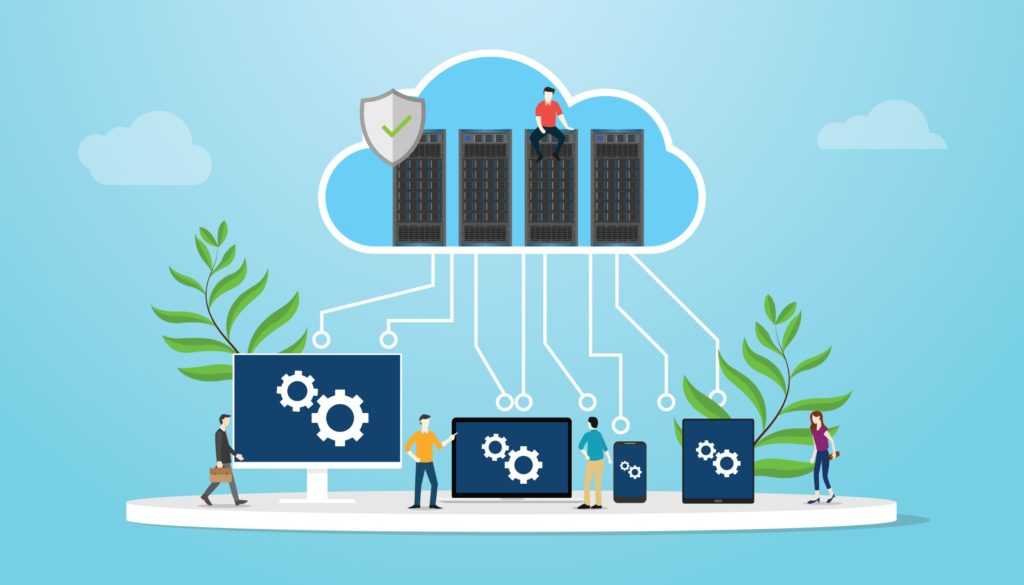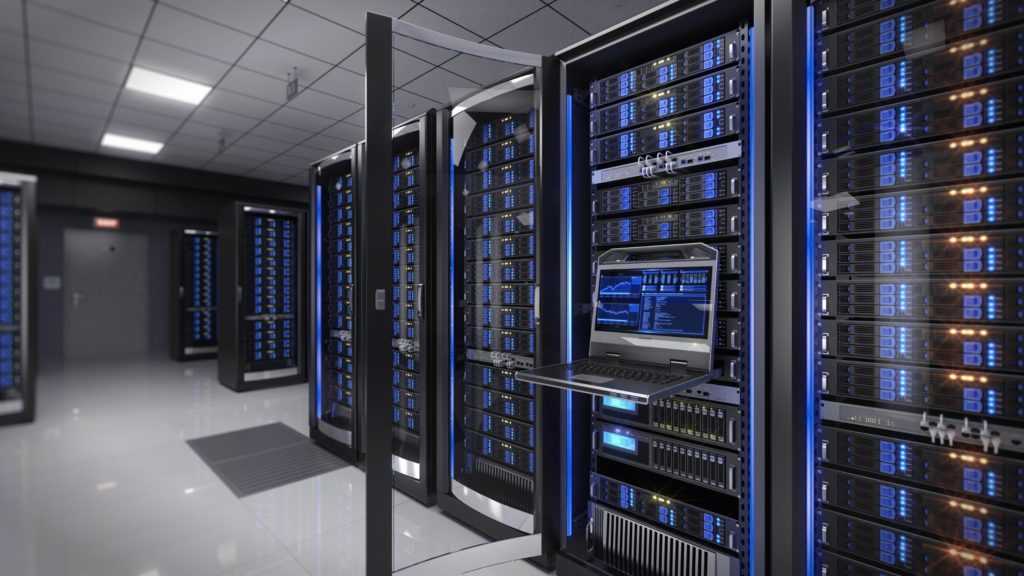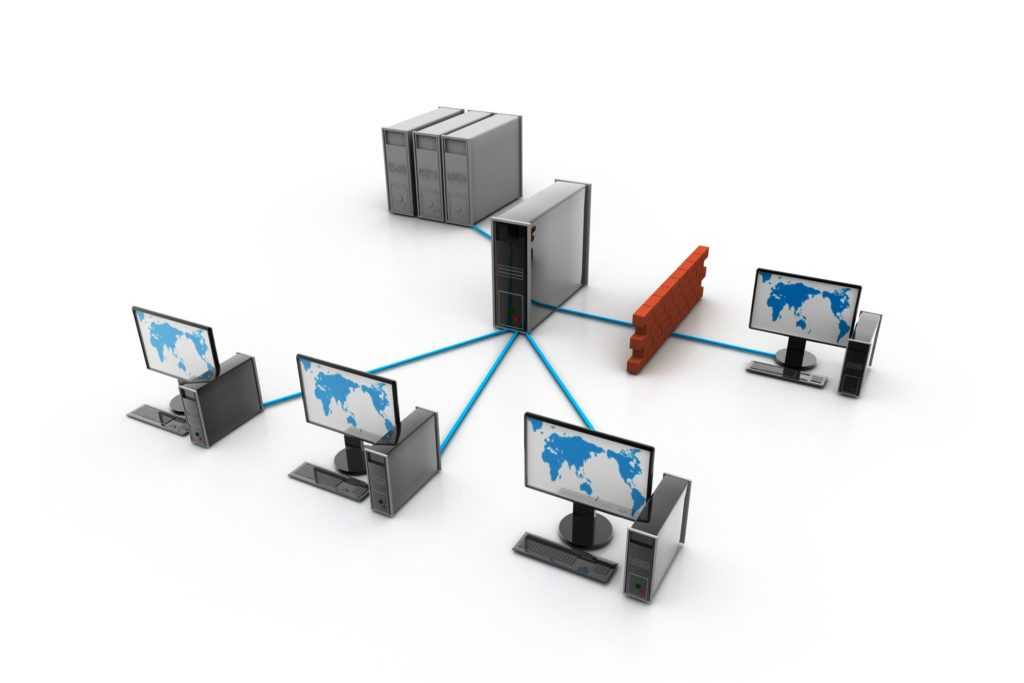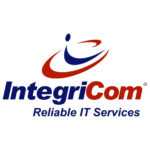Table of Contents
- What is Infrastructure as a Service (IaaS)?
- Are IaaS and HaaS the same?
- How does infrastructure as a service work?
- Who needs hardware as a service in Cloud computing?
- Examples of Infrastructure as a Service in Managed IT
- 8 Advantages of Infrastructure as a Service in Cloud Computing
- What are the disadvantages of IaaS?
- Summary
 Infrastructure as a service (IaaS), sometimes known as Hardware as a Service (HaaS), is a type of cloud computing service where customers purchase access to IT infrastructure including hardware, virtualized computing, storage, and networking resources from a third party managed IT services provider or a cloud solutions provider. In this article, we will explain the many advantages of Infrastructure as a Service for small and medium sized businesses.
Infrastructure as a service (IaaS), sometimes known as Hardware as a Service (HaaS), is a type of cloud computing service where customers purchase access to IT infrastructure including hardware, virtualized computing, storage, and networking resources from a third party managed IT services provider or a cloud solutions provider. In this article, we will explain the many advantages of Infrastructure as a Service for small and medium sized businesses.
What is Infrastructure as a Service (IaaS) in Cloud Computing?
Infrastructure as a service (IaaS) provides compute, memory, storage, networking, and related software, such as operating systems and databases, as a cloud service to replace traditional on-premises data center infrastructure. In other words, IT infrastructure can be leased from another company that has a data center. This provides access versus ownership, and it provides flexibility to scale up or down.
Are IaaS and HaaS the same?
IaaS and HaaS are essentially the same thing, or at least there is massive overlap. The first letters represent Infrastructure and Hardware. Infrastructure is a broader word than hardware, but they are frequently used interchangeably in this context. Hardware is the physical IT equipment, and infrastructure is entire the IT system, which is the same thing more or less. Infrastructure encompasses things like computing resources, which could be a virtual, or partial, part of the given hardware. Regardless, both represent providing IT hardware, or portions of hardware, as a service, with many businesses evaluating these models while also understanding computer hardware considerations. Oftentimes HaaS is used when describing IT hardware that is provided to a customer and used on the customer’s premises, whereas IaaS is more often used when describing IT hardware that is provided to a customer via a remote data center.
 How does infrastructure as a service work?
How does infrastructure as a service work?
Infrastructure as a Service (IaaS) is a cloud-based service that provides the necessary IT hardware to meet a customer’s needs with the IT hardware, or its resources, provided remotely from a data center and via internet connections. The most common hardware provided is server hardware, but it could be other computing resources like virtual desktops, data storage, and network gear. In every case, only the hardware and computing resources that are needed are provided, and they can be scaled up and down per the need, especially when organizations modernize hardware decisions in ways similar to recognizing the value of buying technology hardware.
Who needs hardware/infrastructure as a service in Cloud computing?
Businesses that Need to Scale Up or Down Throughout the Year
Hardware as a service can be used by anyone, but it is especially useful to businesses that have peaks and valleys in their needs. When more computing resources are needed, they can scale up. But when less resources are needed, they can scale down. Some businesses need to scale up and down seasonally and using scalable cloud resources removes the need to purchase the highest need year-round.
Businesses with a Decentralized Workforce
Hardware as a service is also very useful to businesses that utilize a remote or decentralized workforce. Having all computing resources in a central location, which can be accessed from anywhere, makes for a cleaner and simpler design for this type of business.
Small Businesses
The benefits of hardware as a service are high to small businesses. It allows them to gain the computing resources they need for a monthly fee verses a high capital investment. They only must pay for what they need as they need it.And the cost and distraction of periodic hardware upgrades is eliminated, especially when comparing approaches with long-term considerations such as hardware computer warranties.
 Examples of Infrastructure as a Service in Managed IT
Examples of Infrastructure as a Service in Managed IT
IT managed services providers (MSPs) often provide these services, either directly or through a cloud partner.
Fractional Servers
For example, a business may need a server for a business function. Instead of buying the server, configuring it, and setting it up, the MSP may recommend that the business subscribe to an IaaS service for the server, which may just be a virtual portion of a server, and get the same services in a fractional, or as-needed basis. This saves time and reduces the cost, even eliminating the capital investment.
Virtual Desktops for Remote Employees
Another example would be a business that needs to have virtual desktops in a controlled location in the cloud, where their employees can access from anywhere and perform all business functions.The MSP can provide these virtual desktops directly or through an IaaS partner, and the business would not have to invest into the computers and can provide a stable consistent experience for all employees, which aligns with evolving approaches to hardware infrastructure as a service.
 On-Premise Hardware as a Service
On-Premise Hardware as a Service
As previously mentioned in this article, hardware as a service also includes providing hardware to a business’s premises to use, not just in a data center. A good example of this could be a network firewall, which is a security device that sits between a business’s internal network and the public internet. Instead of having to purchase a firewall for each office, an MSP may propose the business subscribe to firewall hardware as a service program. This allows the business to just pay a small monthly fee for the firewall service, and the MSP provides the firewalls and keeps them configured, updated, and working. Plus, the MSP will change them out as needed, whether because of a failure or for an upgraded model. This hardware as a service model for on-premises hardware can apply to other hardware too, like desktops, laptops, tablets, network gear, printers, etc.
Advantages of Infrastructure as a Service in Cloud Computing
Why use a cloud infrastructure provider and not purchase, install, and configure your own hardware? There are many reasons why.
1. Scalability
For a growing or shrinking company, or even one that is seasonal, or scales up and down rapidly, utilizing scalable cloud infrastructure is an easy choice. When purchasing your own hardware, you must build it out to meet your peak needs, plus add some extra for growth.
Subscribe to cloud infrastructure that matches your current needs, and then scale up or down as needed.
This can be expensive. Instead, you can subscribe to cloud infrastructure that matches your current needs, then scale up or down as needed. You can focus on growth verses purchasing, configuring, and installing IT hardware.
2. Cost-Effectiveness
With the scalability comes cost-effectiveness. As you scale up and down, the costs scale up and down with you. IaaS provides the ability to pay only for what you need. And there are even options to pay for only the hours you need, thus you only pay when you need it.
 3. Security
3. Security
Security must always be considered whether on-premises or in the cloud. IaaS providers bundle in security solutions as well, and once again, you can subscribe to and pay for exactly what you need and nothing more. But it is important to note that you, or your IT MSP, is always responsible for cybersecurity and for making sure the correct systems are in place and configured properly. Also, data centers almost always have better physical security than a business would typically have at their offices. Strict access controls are in place at a data center, and no one can get to your leased infrastructure without passing the controls.
4. Redundancy / Business Continuity / Disaster Recovery
Typically, a business’s office will only have one internet circuit, or if they have two, they will likely take the same path into the building, meaning a construction crew could easily take all internet connectivity down by a single mistake. This is also true for other systems like power, cooling, heating, etc. However, utilizing cloud infrastructure in a data center provides redundancy for all those systems, thus provides a much more resilient and fail proof delivery of the subscribed to solutions. An IaaS provider almost always has alternate data centers that keeps a duplicate copy of your solutions, so they can be spun up there if needed. Utilizing an IaaS provider will likely better meet the needs of a company’s business continuity and disaster recovery plans.
With 94% of all enterprises using cloud services in some form or another in 2021, it’s safe to say that cloud computing is here to stay and will only get even bigger in the future. Source: Cisco via Cloudwards
5. Flexibility
With today’s modern workforce, meaning a remote or decentralized workforce, utilizing IaaS provides greater flexibility. While on-premises infrastructure can be configured and setup for remote access, cloud infrastructure is designed with this in mind from the ground up. No matter where the users are in the world, accessing the cloud infrastructure is easily and securely done over any internet connection.
6. Performance
Related to scalability, performance can always be maximized to your needs as they change. On-premises infrastructure is limited to what it is, and to change it means to add to or change the hardware. But offloading any needed changes to your IT MSP or IaaS provider takes it off your shoulders, plus the cloud infrastructure is designed and tuned to scale easily. Computing needs can be ramped up as needed to maximize performance.
7. Compliance
Many industries have compliances standards to which they must adhere. Many of these can be more easily met when utilizing an IaaS provider. The controls that are in place in a data center are more conducive to meeting many requirements. And the responsibility for the requirements shift to the data center and thus no longer a direct worry for the business.
 8. Lower IT Resources Need
8. Lower IT Resources Need
Having your own on-premises hardware requires more IT resources to configure, install, and manage. If you do not have these resources, you can outsource to an IT MSP and an IaaS provider. Even if you have these resources, utilizing IaaS allows you to reallocate these resources to something more effective to your organization.
What are the disadvantages of Infrastructure as a Service (IaaS)?
There are not a lot of disadvantages to IaaS, but there are a few things to consider.
You must partner with a knowledgeable and experienced IT managed services provider.
When moving infrastructure to the cloud, partner with a knowledgeable and experienced IT managed services provider. Cloud technology is different that on-premises technology, and you want to make sure it is setup correctly and with the proper security. Also, the IT MSP will be there for you when there are issues, and you need support.
Internet access is essential because problems with the internet connection will also cause problems with the IaaS environment
You need a really good internet connection.
Also, utilizing cloud technology does rely on your internet connection, thus a good one is needed. This is rarely an issue anymore because good internet connections are readily available in most areas. Also, more and more companies do not have their workforce in the office anyway, and the internet connections are still important and heavily relied on even for on-premises infrastructure access.
Summary
IaaS is a powerful service for small and medium sized businesses and can lower the playing field providing the ability to do much more than before. It allows for greater business output but from less financial input.
Do you want to know more on how to utilize IaaS for your business?
Do you need a knowledgeable and trusted partner to help you with your cloud infrastructure? Contact IntegriCom to answer any questions and to help you acquire, configure, and maintain your cloud infrastructure.
Contact Us or call 678-507-0700


